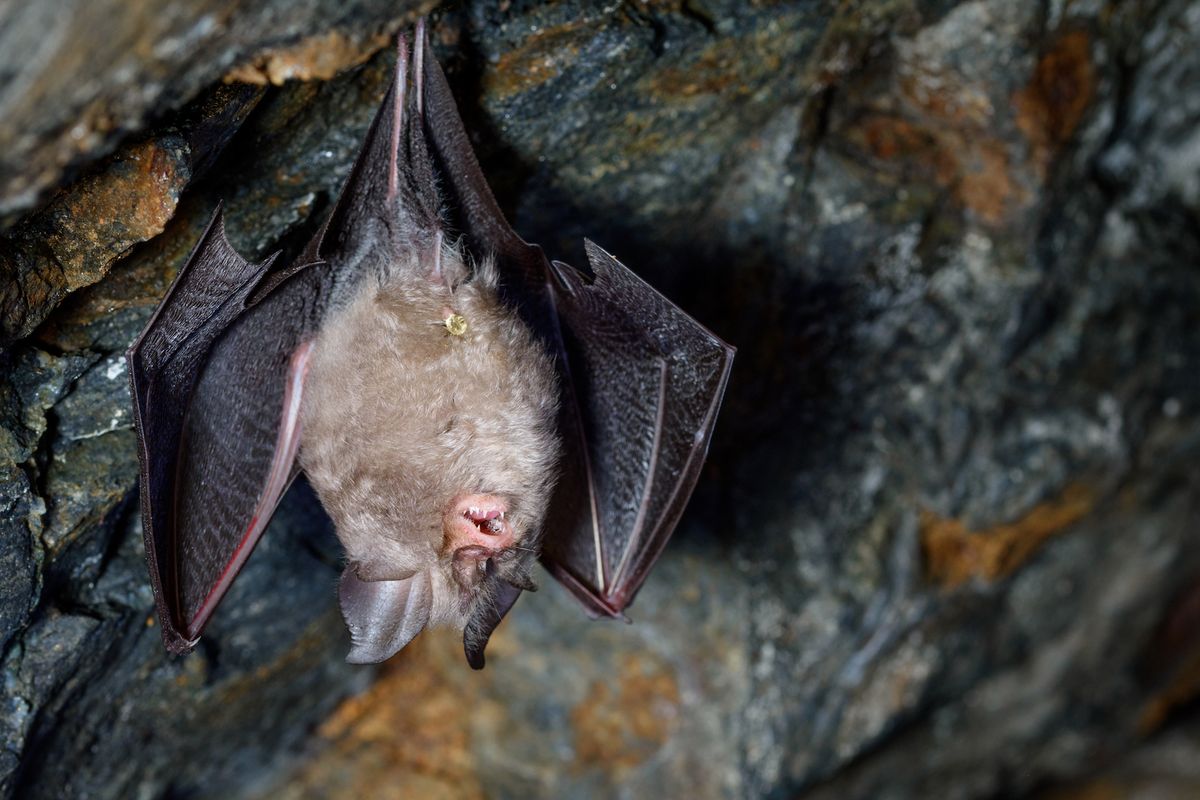
The related coronaviruses that previously caused epidemics, MERS-CoV and SARS-CoV, both evolved in bats and hopped over to humans through an intermediate species (camels in the case of MERS and civets in the case of SARS). .
At the start of the pandemic, researchers at the Wuhan Institute of Virology posted the genome of another strain of coronavirus (RaTG13) that was previously found in horseshoe bats (Rhinolophus affinis), according to Nature. The genome of RaTG13 is 96% identical to that of SARS-CoV-2, and is still the most closely related coronavirus found to date.
For instance, the genes that code for the virus' spike protein, which the virus uses to bind to human cells — specifically the receptor binding domain, the location where the virus latches on to human cells — differ between RaTG13 and SARS-CoV-2, Adalja told Live Science.
These critical differences explain "why SARS-CoV-2 is the virus that found its way into humans and caused the pandemic, and not RaTG13, Adalja said .
One study suggests that over a century ago, one  lineage of coronavirus circulating in bats gave rise to SARS-CoV-2, RaTG13 and a Pangolin coronavirus known as Pangolin-2019, Live Science previously reported."Evidence from surveys and targeted studies so far have found most highly related viruses in bats and pangolins, suggesting they may be the reservoir of SARS-CoV-2," according to the WHO report.Minks and cats are also highly susceptible to infection with SARS-CoV-2, which suggests that such animals may also serve as "potential reservoirs," according to the WHO report. .“Because nobody has identified a virus that’s 100% identical to SARS-CoV-2 in any animal, there is still room for researchers to ask about other possibilities," Arinjay Banerjee, a virologist at the Vaccine and Infectious Disease Organization in Saskatchewan, Canada, told The Associated Press.One of those possibilities is the "lab leak theory," which suggests that the virus didn't hop from animals to humans out in the world but accidentally spilled over from a sample to workers in a lab. .
For example, if the virus did hop to humans from an intermediary animal, knowing which animal may help us reduce human interactions with it, he added.Â